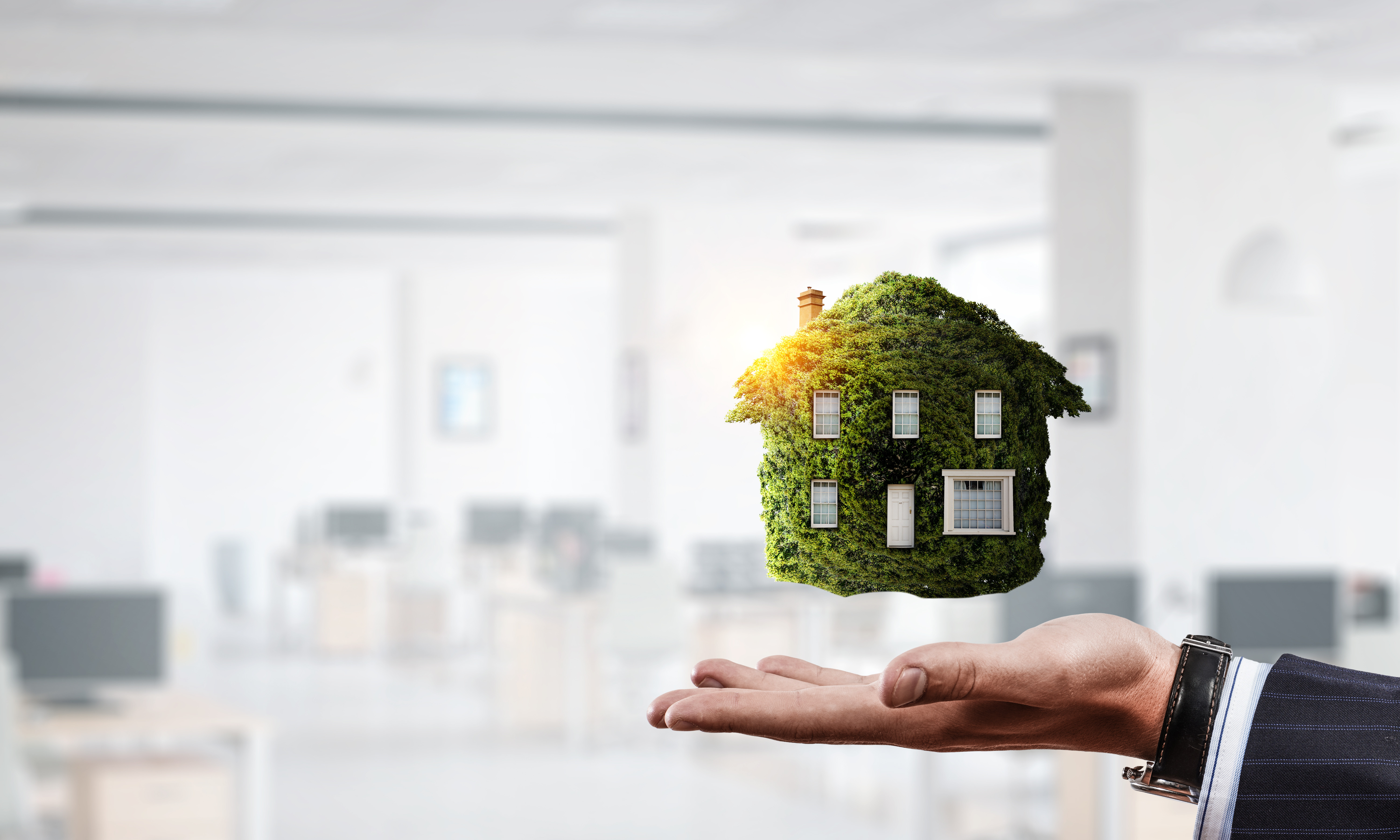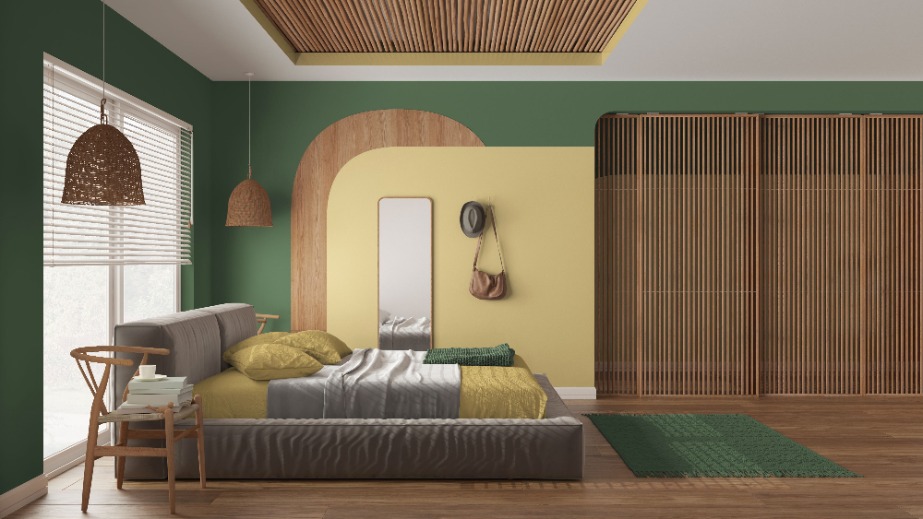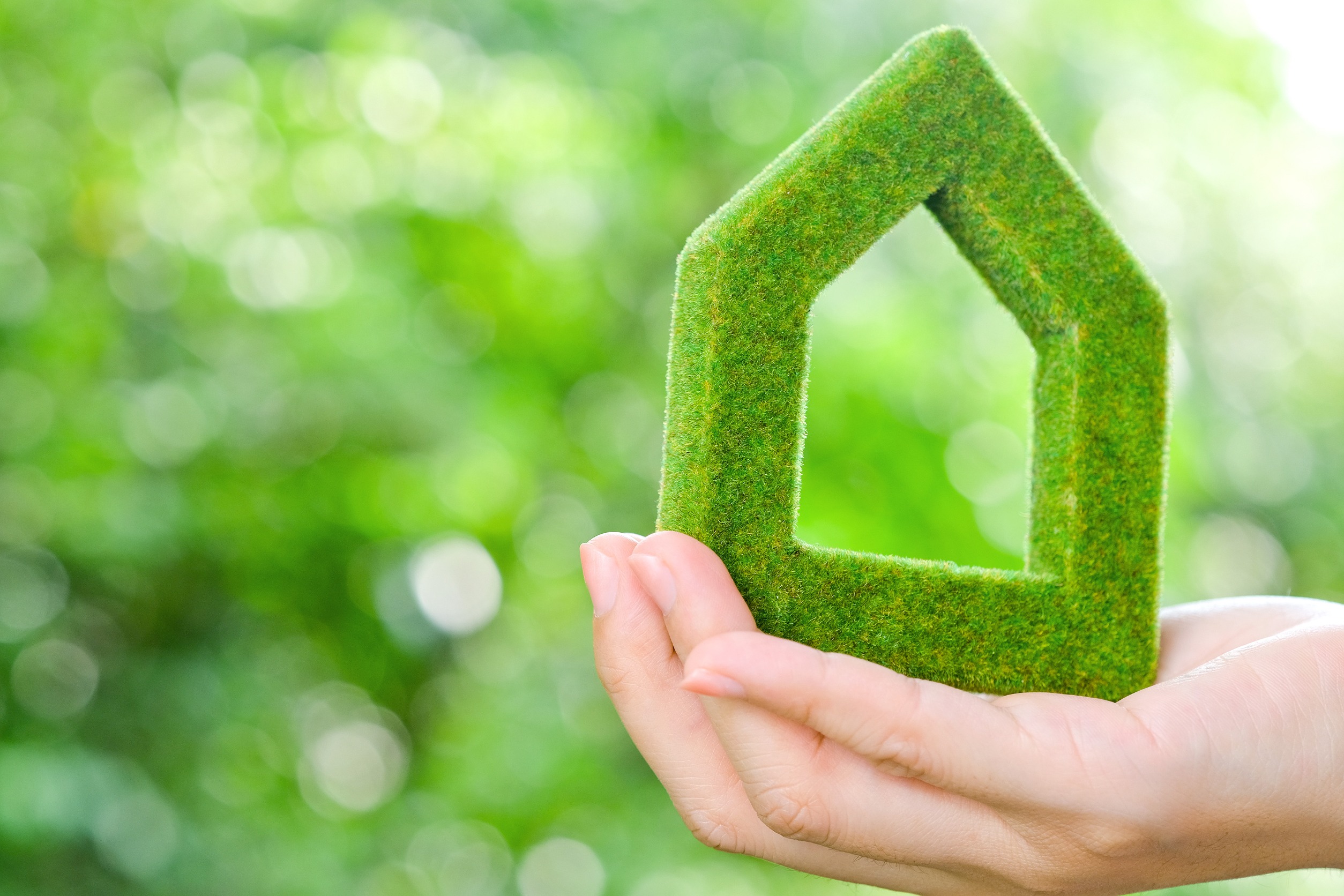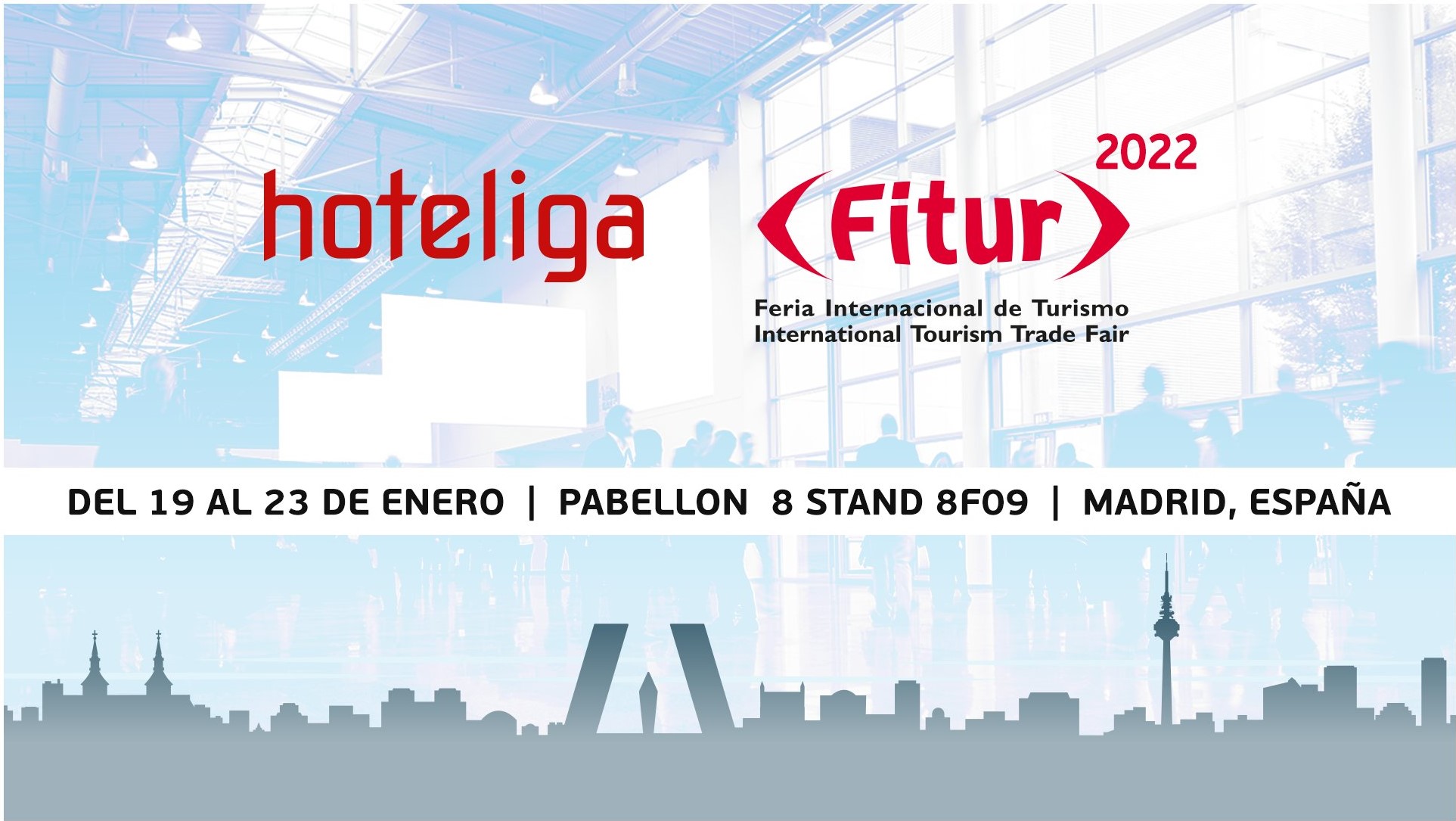
6 Benefits An Eco-Friendly Building Can Have On Your Guests
Eco-friendly construction and design can leave a good impression on overnight guests, and those in the hospitality industry should embrace going green to reap the benefits.
Traditional hotels release around 60 million tons of carbon emissions into the atmosphere yearly, significantly contributing to climate change. It doesn’t have to be that way. Green hotels are changing the hospitality industry, from design choices to sustainable practices.
Eco-friendly construction companies consider local and global environments as they construct, maintain and decorate their buildings. Hotel owners that employ green practices eliminate some major environmental problems the hospitality industry causes.
Here are six benefits an eco-friendly building has for its community and guests. Companies that embrace these practices will reap the positive rewards and make a name for themselves as green options.
1. Less Resource Use
Hotels and other commercial buildings make up almost 40% of all energy use and carbon emissions. They create positive change for the environment when they reduce resource usage.
Several businesses are buying into renewable energy sources to reduce their energy use. Many hotels have in-house power sources they can use. Installing occupancy power controls saves thousands of kilowatt hours, and standardized room temperatures also help reduce heating bills.
Many hotels use fewer gallons of water by installing low-flow toilets and introducing green laundry policies, where guests can reuse their towels and only have sheets washed upon request.
Regular maintenance on pools and hot tubs can also significantly affect a hotel’s water use. Leaks or excess cleaning require more freshwater than necessary, leading to waste.
Businesses that use fewer resources preserve them for future use and prevent the release of excess carbon into the atmosphere.
2. Controlled Waste Production
It’s no secret that trash is a huge part of the hospitality business, and hotels produce a lot of it. There are many sources of waste from hotels, from food to plastics to left-behind toiletries. These items sit in landfills, releasing carbon into the air and contributing to climate change.
In addition, traditional construction practices cause over 500 million tons of waste each year. Trash also causes increased mess and litter in the places guests visit, a known problem worldwide. It can injure or kill wildlife. Plastics are a major problem for wildlife, affecting birds and sea creatures. Microplastics can even enter food chains, severely damaging the ecosystem.
Many eco-friendly hotels are introducing recycling programs to help reduce the amount of waste they produce. Reusing products like washable dishes and drinkware make a dent in the number of products leaving the building and can positively impact guests. These items will also save businesses money in the long run.
Guests will see less trash around, making for a nicer experience. The dishware also gives the appearance of class that disposable products don’t provide.
Food makes up most hotel waste, and many establishments are solving this problem by partnering with local organizations to provide leftover food and beverages to those in need.
3. Better Air Quality
Reducing fossil fuels in eco-friendly buildings can improve external and internal air quality.
These buildings use safer, sustainable refrigerants that reduce the chemical residue from the ventilation system. Using materials with low off-gassing also helps. In traditional buildings, paints, carpets, wood stains and other items can emit harmful chemicals used in their production.
Using less electricity and fossil fuels reduces the amount of pollution entering the surrounding air, thanks to fewer fuel and power plant emissions.
Guests with better quality inside and outside their hotel will reap several benefits, including sound sleep, improved focus, better mood and greater productivity.
4. Using Biophilic Design
Many green hotels use nature-inspired biophilic design practices to create a welcoming atmosphere for their guests sustainably.
Earth tones are a major part of this design, making people feel one with nature by using colors that create a sense of calm and focus. Greens, blues, oranges, yellows, tans and browns can work together to create a comforting room for guests to enjoy.
Natural elements also play a role in the mood-boosting effects of biophilic design. Stone and wood fixtures replace synthetic materials, creating a more sustainable space that connects guests to the world around them.
Natural patterns also have a calming effect on the mind. Bark, leaf and animal prints have rounded edges and are more relaxing than sharp corners and bright colors, helping guests recharge before venturing out.
5. Greater Community Support
Hotels are great economic aids for most communities by attracting guests, but green hotels can also support the community in other ways.
Eco-friendly hotels preserve the community’s environment by refusing to use materials and building methods that harm the local ecosystem. Many invest in green improvements to schools and other local organizations.
Eco-friendly hotels also tend to invest in local products, which can help raise their visibility. Green establishments use and sell sustainable items, exposing those businesses to people who wouldn’t know about them otherwise. Guests may be willing to come back to experience them or order them online.
6. Promoting Sustainability
Eco-friendly buildings encourage others to be sustainable. Managers explain why they make choices separately from traditional businesses and how the changes positively impact the environment.
By showing how easy it is to conserve resources and make greener choices, these hotels encourage their guests to implement some of the same sustainable practices in their homes. Tips like reusing towels, relying on non-disposable dishware, and recycling paper, plastics and other materials are often easy for guests to implement later.
Many buildings display signs and posters around the property, explaining the green processes used during its construction. This information shows individuals what they can do to promote green building practices and what to consider if they build a home or business in the future.
Treating Guests to an Eco-Friendly Building
An eco-friendly building has many benefits for the environment and guests. Taking a green approach from construction to hotel offerings to sustainable practices puts pro-planet practices in everyone’s minds and helps elevate visitors’ experiences. Managers would be wise to implement these methods to make their establishments a place environmentally-conscious people will want to visit and tell others about.













